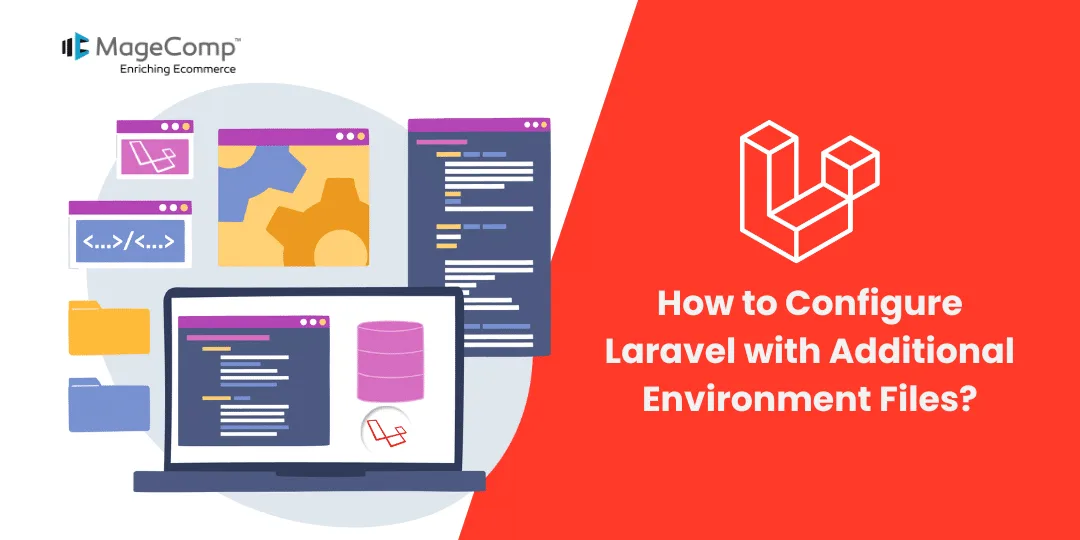Laravel, known for its flexibility and robustness in web development, allows developers to configure applications using environment variables. These variables are typically stored in .env files, making it easy to manage configurations for different environments such as development, staging, and production. However, there are scenarios where using additional environment files becomes necessary, especially in larger projects or when dealing with multiple configurations.
Why Use Additional Environment Files?
- Organizational Needs: Large projects often have complex configurations that are better managed by segregating them into different files.
- Security: Some configurations, such as API keys or sensitive information, might need stricter access controls. Separate files allow better management of security permissions.
- Environment-Specific Settings: Different environments (like testing, staging, production) may require distinct configurations. Having separate files makes it easier to deploy to these environments without overwriting settings.
Steps to Configure Laravel With Additional Environment Files
Step 1: Create Additional Environment Files
In Laravel, the primary environment file is .env. To create additional environment files:
- Create a new file: For example, env.testing, env.staging, or any other name that fits your project structure.
- Duplicate .env: Copy the contents of .env into your new file.
- Modify as needed: Adjust configuration settings specific to that environment. For instance, change database credentials, debug settings, or cache configurations.
Step 2: Loading Additional Environment Files
By default, Laravel loads configurations from .env. To load additional environment files:
Edit bootstrap/app.php: Add the following code before $app = new
Illuminate\Foundation\Application(…):
Dotenv::createImmutable(base_path())->load();
$envFile = '.env.' . env('APP_ENV');
if (file_exists($envFile)) {
Dotenv::createImmutable(base_path(), $envFile)->load();
}This code snippet checks for an environment-specific .env file based on the APP_ENV variable set in your .env file.
Step 3: Accessing Environment Variables
After loading the additional environment file, access variables as usual:
$variable = env('VARIABLE_NAME');Replace VARIABLE_NAME with the name of the variable you want to access.
- Version Control: Include only non-sensitive information in your version-controlled .env file. Keep sensitive data (like passwords or API keys) in your additional environment files, which are excluded from version control.
- Documentation: Clearly document the purpose of each environment file and the specific configurations it contains.
Conclusion
Configuring Laravel with additional environment files is a powerful technique for managing complex applications with multiple environments or sensitive data. By following the steps outlined in this guide, you can easily set up and switch between different environment configurations, ensuring that your application runs smoothly in any scenario.
Remember to keep your environment files secure and avoid committing them to version control. Use tools like Laravel Envoy or deployment scripts to manage your environment variables in a secure and efficient manner. Hire a Laravel Developer to help you keep your environment file secure.
Happy Coding!








